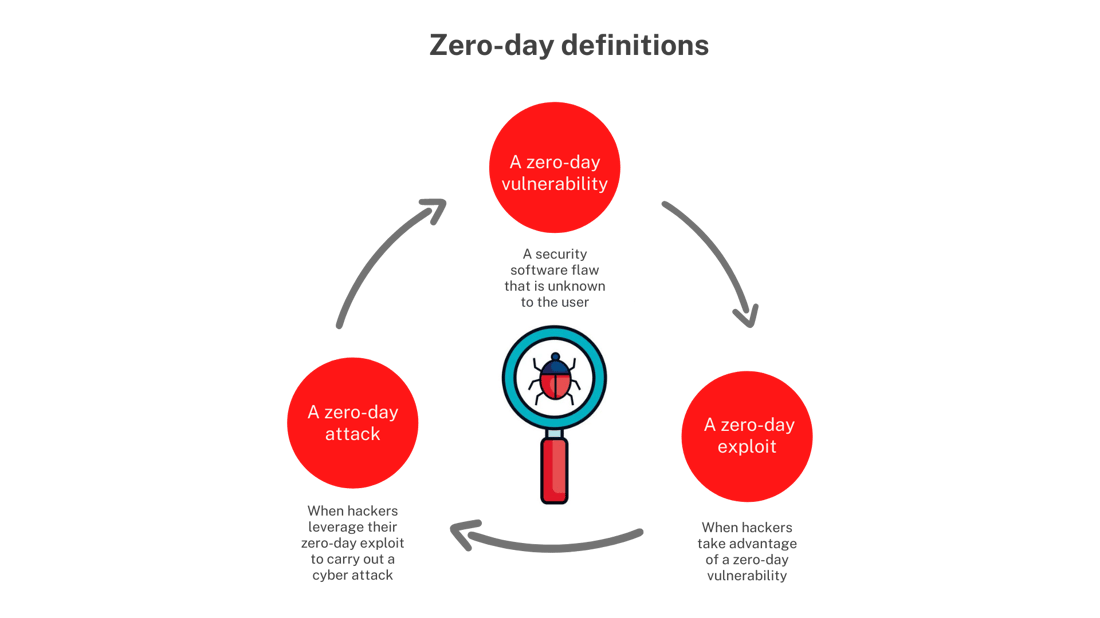The Envelopes of Sound: Attack, Decay, Sustain, and Release
 What is sound? That is an extremely broad question with answers coming variously from science, arts, and even philosophy. One way to think about sound is to consider it in contrast to sight.
What is sound? That is an extremely broad question with answers coming variously from science, arts, and even philosophy. One way to think about sound is to consider it in contrast to sight.
In the arts, when we think of a single image, for example a painting, it is completely independent of time. It remains the same from the moment we see it to the next time we look at it. This is specifically for an isolated image, obviously not so for a watching a sunset or a movie.
With sound, it is much more difficult to think of it outside of passing time. The only way to think of this would be to imagine a single, unwavering tone, but even then, that is a single sound extended over time without any changes. More importantly, unchanging flat tones are barely considered art. When we think about the sounds that are produced in the service of music, we must take time into consideration.
When we hear a chord being played on the guitar, it comes to us in several phases that change over time. Even the singular smack of the snare drum becomes modified in our perception in just a few microseconds.
What defines the different stages in time of a sound and how we hear it are commonly known as envelopes, and they are an extremely important lesson for music recording. They are: attack, decay, sustain, and release.
Attack
Imagine visualizing a sound as a mountain, with the main part of the sound being represented by a plateau at the peak. The attack is the upward slope of the mountain. In other words, it is the amount of time it takes from the first instance of the sound (or from when the note is struck) until it reaches its peak volume. Drum sounds, especially the snare, have a lot of attack.
Decay
If our sound mountain’s plateau was not actually the highest point of the mountain, but rather after we reach that initial peak after the attack, it sloped down a little before becoming flat, then this downward slope is the decay. It is the amount of time for a sound to settle after it hits its attack peak until it reaches the level the sound will be sustained for.
Sustain
This is our plateau. It is the main level of volume that the sound will be heard. The longer the sustain, the longer the sound. Pianos have sustain pedals to keep the sound going longer after the pianist hits the key. Synthesizers can hold a note with endless sustain. Most acoustic instruments will have a relatively short level of sustain before beginning to die down again.
Release
This is when we come down the mountain. The release measures the time from a sound’s main sustain level until it is inaudible. With synthesizers, the release is counted from the moment the key is released, hence it’s name.
Every sound has this temporal relationship with the moment the musician strikes a key or strums a chord. Music production training depends upon professionals knowing these fourtemporal envelopes well before thinking about more complex aspects of recording, mixing and producing.
































